In today’s fast-paced world of game development, creating immersive experiences requires more than just stunning visuals – it demands a deep understanding of character rigging techniques. Character rigging is the process of bringing life-like movement and flexibility to 3D characters, allowing them to interact seamlessly with their environment and other characters. With the right tools and knowledge, developers can craft characters that feel authentic and engaging, drawing players into the game world like never before.
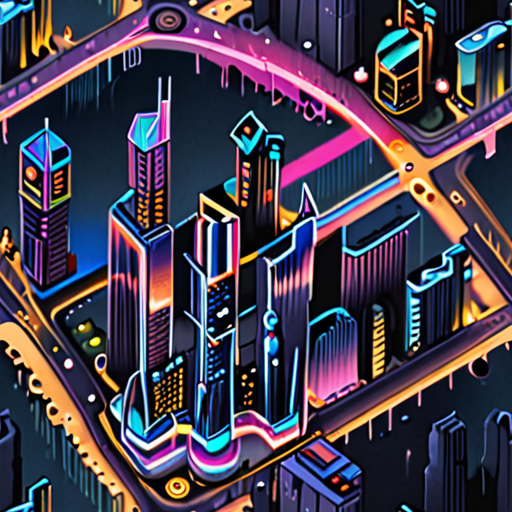
What is Character Rigging in Game Art?
Character rigging is a fundamental technique used in game art and animation to bring characters to life.
- Rigging involves adding a skeleton or armature to a 3D model, allowing for greater control over its movements and animations.
- This process enables artists to define the range of motion for a character, including its gestures, actions, and overall behavior.
The Importance of Character Rigging
In game development, character rigging plays a crucial role in creating believable and engaging characters.
- A well-rigged character can perform complex animations and interactions, making the game more immersive and enjoyable for players.
- Rigging also allows for easier editing and tweaking of character movements, reducing the need for manual adjustments and streamlining the animation process.
Key Principles of Character Rigging
To effectively rig a character, artists must consider several key principles:
- Skeletal hierarchy: Establishing a logical and organized skeletal structure to facilitate easy manipulation and animation.
- Bone weighting: Assigning weights to bones to determine how much influence they have on the character’s movements and deformations.
- Constraints: Applying constraints to limit the character’s movements and prevent unwanted behaviors.
Tools and Software Used in Character Rigging
Several software programs and tools are commonly used in character rigging, including:
- Blender: A free and open-source 3D creation suite popular among indie game developers.
- Maya: A commercial 3D computer animation, modeling, simulation, and rendering software widely used in the film and game industries.
- 3ds Max: A commercial 3D modeling, animation, rendering, and visualization software developed by Autodesk.
Best Practices for Character Rigging
To achieve optimal results in character rigging, follow these best practices:
- Keep the skeletal hierarchy simple and organized.
- Use bone weighting and constraints judiciously to achieve realistic movements.
- Test and iterate on the rigging process to ensure smooth and believable animations.
Conclusion
By mastering the art of character rigging, game developers can create more engaging and immersive experiences for players.
Character Rigging: A Step-by-Step Guide
I’m excited to share my knowledge on character rigging, a crucial aspect of game development.
- Understanding Character Rigging
- Choosing the Right Software
- Setting Up the Skeleton
- Weight Painting and Skinning
- Adding Joints and Constraints
- Finalizing the Rig
Character rigging involves creating a skeletal system for a 3D character model, allowing for smooth animation and movement.
Popular software options for character rigging include Maya, Blender, and 3ds Max.
Create a skeleton hierarchy, defining the relationships between bones and joints.
Assign weights to vertices based on their proximity to bones, ensuring realistic muscle movement.
Add joints and constraints to control the character’s movements and prevent unwanted behavior.
Refine the rig by adjusting weights, adding IK controls, and fine-tuning the overall performance.
By following these steps, you’ll be well on your way to creating a robust and efficient character rig.
Tips and Best Practices
- Keep your skeleton hierarchy organized and easy to navigate.
- Use a consistent naming convention for bones and joints.
- Test and iterate on your rig regularly to catch any issues early on.
- Consider using a rigging plugin or tool to streamline the process.
Resources and Further Reading
- Blender Official Website
- Autodesk Maya Overview
- Adobe Maya Product Page
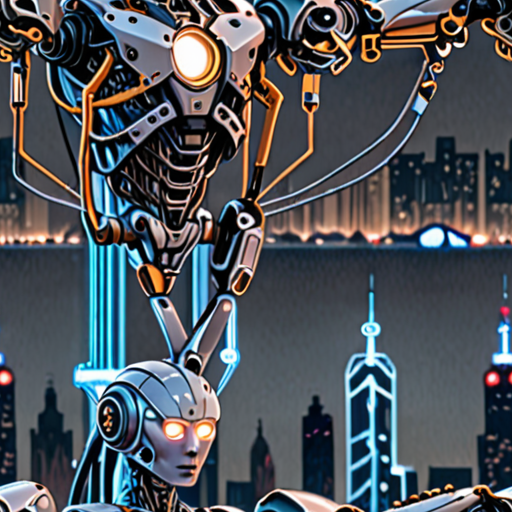
Best Character Rigging Tool
As an indie game developer, choosing the right character rigging tool can make a significant difference in the overall quality and efficiency of your project.
- Rubberhose is still considered one of the best tools for quickly rigging a character in After Effects, offering a user-friendly interface and robust features.
- Another popular option is Houdini , which provides advanced rigging capabilities and a vast library of pre-built rigs and characters.
- Autodesk Maya is also a powerful choice, offering a comprehensive set of tools for character rigging, animation, and visual effects.
- For those looking for a more affordable option, Blender is a free and open-source 3D creation software that offers a range of rigging tools and features.
In addition to these options, there are several other character rigging tools available, including Daz 3D , Mixamo , and Charge VFX .
When choosing a character rigging tool, consider factors such as ease of use, flexibility, and compatibility with your existing workflow and software.
Ultimately, the best character rigging tool for you will depend on your specific needs and preferences, so be sure to explore each option thoroughly before making a decision.
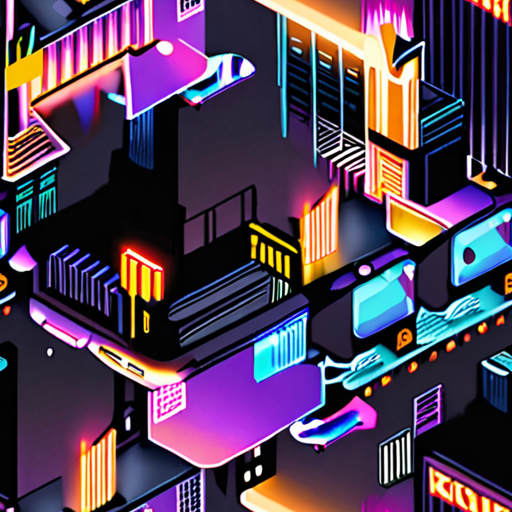
What Does Rigging Mean in Gaming?
Rigging in gaming refers to the process of creating a virtual skeleton or framework for a character or object in a video game.
- This skeleton serves as the foundation for animations, allowing developers to control the movement and actions of the character or object.
- The term “rigging” originated in the film industry, where it referred to the process of creating a skeletal system for characters and objects in animated movies.
Key Elements of Game Rigging:
- Skeleton Creation: The process of designing and building a virtual skeleton for a character or object.
- Bone Hierarchy: The organization of bones into a hierarchical structure, which allows for efficient animation and control.
- Joints and Constraints: The implementation of joints and constraints to enable smooth and realistic movements.
- Weight Painting: The process of assigning weights to different parts of the character or object to control its movement and behavior.
Jobs Involved in Game Rigging:
- Character Rigger: Responsible for creating and setting up the skeleton for characters.
- Object Rigger: Works on creating and rigging skeletons for objects and environments.
- Animation Programmer: Develops software and tools to support the rigging process.
Tips for Aspiring Game Riggers:
- Learn Industry-standard Software: Familiarize yourself with popular game engines and rigging tools like Maya, Blender, and Unreal Engine.
- Practice and Experiment: Work on personal projects and experiment with different rigging techniques to develop your skills.
- Join Online Communities: Connect with other game riggers and learn from their experiences through online forums and social media groups.
Indie Dev Games Resources:
For more information on game rigging and related topics, check out our resources section, which includes tutorials, reviews, and tips for indie game developers.
What is Character Rigging?
Character rigging is the process of creating the conditions for skeletal character movement in animation. It is one variety of the general rigging process, often referred to as skeletal animation.
During character rigging, an artist takes a character model and creates a digital skeleton for it. This skeleton serves as the foundation for the character’s movements, allowing animators to control its actions and expressions.
- The character rigging process involves several steps, including:
- Setup : Preparing the character model for rigging by cleaning up its geometry and setting up its hierarchy.
- Rigging : Creating the digital skeleton and attaching it to the character model.
- Weight Painting : Assigning weights to the skeleton to determine how much influence it has over the character’s movements.
- Final Touches : Refining the character’s movements and making any necessary adjustments.
Character rigging is a crucial step in the animation process, as it allows animators to bring characters to life and create realistic movements. By mastering character rigging, artists can take their animations to the next level and create more believable and engaging characters.
In addition to its importance in animation, character rigging also has applications in video games, virtual reality, and other fields where character movement and interaction are critical.
As an indie game developer, understanding character rigging can help you create more immersive and engaging gameplay experiences. With the right skills and knowledge, you can bring your characters to life and create a more engaging and interactive world for players.
At Indie Dev Games, we offer a range of resources and tutorials on character rigging and animation, including tutorials, guides, and tips from experienced industry professionals. Whether you’re just starting out or looking to improve your skills, our resources can help you master the art of character rigging and take your animations to the next level.
For more information on character rigging and animation, check out our tutorials and guides on the subject. We also recommend checking out other resources, such as Blender and Autodesk Maya , which offer a range of tools and features for character rigging and animation.
We hope this helps! Let us know if you have any questions or need further assistance.
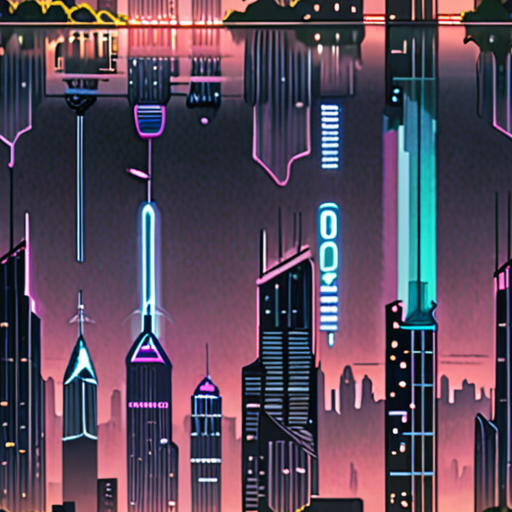
What Does Rigging the Game Mean?
Rigging the game refers to manipulating or setting up a situation in a dishonest way to influence the outcome.
- In the context of games, competitions, or events, rigging implies that the result has been predetermined or unfairly influenced to favor a particular individual or group.
- This can involve cheating, exploiting loopholes, or using unfair advantages to gain an upper hand.
Examples of Rigging:
- A game developer intentionally introduces bugs or exploits into their game to give players an unfair advantage.
- A sports team bribes officials to influence the outcome of a match.
- An online multiplayer game allows players to purchase in-game items or currency that gives them an unfair advantage over others.
The Importance of Fair Play:
Fair play is essential in any competitive environment to maintain trust and integrity.
- Players expect a level playing field, and rigging undermines this expectation.
- Rigging can lead to player dissatisfaction, loss of reputation, and financial losses.
- It can also damage the credibility of the game, event, or organization involved.
Preventing Rigging:
To prevent rigging, it’s essential to establish clear rules and regulations.
- Regular audits and monitoring can help detect and prevent cheating.
- Implementing fair and transparent systems for awarding prizes or recognition can reduce the incentive for rigging.
- Encouraging a culture of fair play and sportsmanship among participants can also help prevent rigging.
Conclusion:
Rigging the game is a serious issue that can undermine the integrity of any competitive environment.
By understanding what rigging means and taking steps to prevent it, we can promote fair play and ensure a positive experience for all participants.

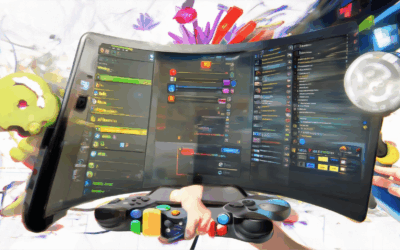

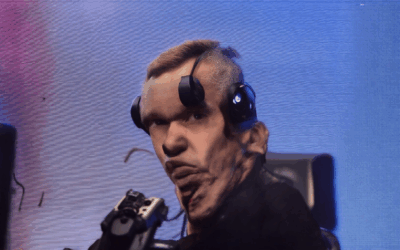
0 Comments